Exhibition

Masatake Kozaki : TOUGEN
2016.Dec. 7 (Fri) - Dec.25 (Tue)
Art Front Gallery will present "TOUGEN", solo exhibition of Masatake Kouzaki.
To see more Masatake Kouzaki's works and his profile please kindly check the artist's page linked below.
To see more Masatake Kouzaki's works and his profile please kindly check the artist's page linked below.
| Date | 2016.Dec. 7 (Fri) - Dec.25 (Tue) |
|---|---|
| Hours | 11.00 - 19.00 (open everyday except Dec 17 Mon) |
| Venue | Art Front Gallery |
| Event | Opening Reception December 7 (fri) 18.00 - 20.00 |
| Artist appears the gallery : | Dec 23(Sun), 24(Mon) PM |
Kouzaki calls his painting series Tougen (TOUGEN). Even in New York where he presented his works, he consistently describes them in Roman characters using alphabets without translating it to English. This should be an untranslatable term having a delicate shade of meaning different from terms such as Eden or Utopia.
The term Tougen derived from a poem “ToukaGenki” by Tao Yuan Ming (a poet in the Eastern Jin, 365 ? 427 A.D.), and the term was developed to an idealism toward “sennin” (or xian in Chinese who can be described in English as immortal sage living in isolated mountains). Tougen is an ideal place which is “somewhere not here”, and it is the place where we can accidently reach only if we get lost in our path.It is important that the place is an “unreachable” place disconnected from our daily lives. But is it possible to see the motif and landscape in Kouzaki’s paintings as Utopia? For example, let us consider the case with his most well-known piece, a large screen from the permanent installation exhibited at Tsutaya Books in Daikanyama. Animals are combined with machines, and satellites fly over a classical genre painting format. It is the world of deformed demons, full of objects and information with flying gold leaf letters. The work does not seem to show an ideal idyllic place reminded by word Tougen.
On the other hand, what Kouzaki paintings remind us of are those we know from historic Eastern and Western art. An example from historic Japanese art is Nanban (European style) paintings from Muromachi period (1333-1573) which depicts the Western culture, probably based mostly on rumors and imagination without seeing the actual Western custom. Another example is “HyakkiYagyo” (Night Parade of One Hundred Demons), picture scrolls from the Edo period, which are full of strange images such as pans and pots having legs. Although surprisingly the odds are connected to our daily lives, in these historic paintings, our fear and yearning to “somewhere not here” but outside our daily life is developed by the imagination to form oddly mixed “atypical appearance”. Looking at the West, Hieronymus Bosch, a Dutch painter in the early 16th century, depicted “The Garden of Earthy Delight”, a scene before the flood destroying the world, in between the images of the Garden of Eden and the Hell in his alter piece. This work well shows us the understanding of the world in medieval ages, but still this work is familiar and fresh for us showing the fuss of our human beings. The reason why we still are attracted to each of these detailed images is probably that we never have actually had a chance to change much from the past hoping to reach supreme happiness by holding civilization in our arms. Even though we already have too many convenient tools in our daily life, we still seek more convenience. For example, an evolution of mobile phone can be described as a history of our desire, starting from a dream to bring out a telephone out from our homes and offices, and adding new functions such as alarm and TV on a telephone. Being absorbed in a very personal world, and doing un-expectable combines daily, are we able still to share this common empty world with someone who is not here with you?
Experiencing the anxiety after the earthquake and tsunami last year, or looking at the current relationship between Japan and other Asian countries, what was evident for me was that the world cannot share a sympathy even we may want to believe the world outside ourselves can calmly stand in the foot of others. Futaba town where Kouzaki grew up is the location of Fukushima Daiichi Nuclear Power Station which had a large nuclear accident. Of course, the artist would have struggled the gap between the popular slogan “Don’t give up Tohoku” and the reality. The artist once remarked that “I was talking to artists in Tohoku region that new cultural activities may be possible from the area. When we were on the preparation, this disaster happened”. To create a communicative identity is a double-edged sword with discrimination. We are always making an act in between the two. I look at Kouzaki’s paintings carefully while wishing that each of our personal Tougen will not have to make conflicts with the others’. Thinking about the meaning of the combined figures and the story that may rise from them, I cannot also stop thinking about the real world. I hope that the paradise which Kouzaki creates is the deformed world of fantasy that we only hope for in our imagination, “somewhere not here”, the other side of the world where we are never able to reach.
Toshio Kondo, Art Front Gallery
The term Tougen derived from a poem “ToukaGenki” by Tao Yuan Ming (a poet in the Eastern Jin, 365 ? 427 A.D.), and the term was developed to an idealism toward “sennin” (or xian in Chinese who can be described in English as immortal sage living in isolated mountains). Tougen is an ideal place which is “somewhere not here”, and it is the place where we can accidently reach only if we get lost in our path.It is important that the place is an “unreachable” place disconnected from our daily lives. But is it possible to see the motif and landscape in Kouzaki’s paintings as Utopia? For example, let us consider the case with his most well-known piece, a large screen from the permanent installation exhibited at Tsutaya Books in Daikanyama. Animals are combined with machines, and satellites fly over a classical genre painting format. It is the world of deformed demons, full of objects and information with flying gold leaf letters. The work does not seem to show an ideal idyllic place reminded by word Tougen.
On the other hand, what Kouzaki paintings remind us of are those we know from historic Eastern and Western art. An example from historic Japanese art is Nanban (European style) paintings from Muromachi period (1333-1573) which depicts the Western culture, probably based mostly on rumors and imagination without seeing the actual Western custom. Another example is “HyakkiYagyo” (Night Parade of One Hundred Demons), picture scrolls from the Edo period, which are full of strange images such as pans and pots having legs. Although surprisingly the odds are connected to our daily lives, in these historic paintings, our fear and yearning to “somewhere not here” but outside our daily life is developed by the imagination to form oddly mixed “atypical appearance”. Looking at the West, Hieronymus Bosch, a Dutch painter in the early 16th century, depicted “The Garden of Earthy Delight”, a scene before the flood destroying the world, in between the images of the Garden of Eden and the Hell in his alter piece. This work well shows us the understanding of the world in medieval ages, but still this work is familiar and fresh for us showing the fuss of our human beings. The reason why we still are attracted to each of these detailed images is probably that we never have actually had a chance to change much from the past hoping to reach supreme happiness by holding civilization in our arms. Even though we already have too many convenient tools in our daily life, we still seek more convenience. For example, an evolution of mobile phone can be described as a history of our desire, starting from a dream to bring out a telephone out from our homes and offices, and adding new functions such as alarm and TV on a telephone. Being absorbed in a very personal world, and doing un-expectable combines daily, are we able still to share this common empty world with someone who is not here with you?
Experiencing the anxiety after the earthquake and tsunami last year, or looking at the current relationship between Japan and other Asian countries, what was evident for me was that the world cannot share a sympathy even we may want to believe the world outside ourselves can calmly stand in the foot of others. Futaba town where Kouzaki grew up is the location of Fukushima Daiichi Nuclear Power Station which had a large nuclear accident. Of course, the artist would have struggled the gap between the popular slogan “Don’t give up Tohoku” and the reality. The artist once remarked that “I was talking to artists in Tohoku region that new cultural activities may be possible from the area. When we were on the preparation, this disaster happened”. To create a communicative identity is a double-edged sword with discrimination. We are always making an act in between the two. I look at Kouzaki’s paintings carefully while wishing that each of our personal Tougen will not have to make conflicts with the others’. Thinking about the meaning of the combined figures and the story that may rise from them, I cannot also stop thinking about the real world. I hope that the paradise which Kouzaki creates is the deformed world of fantasy that we only hope for in our imagination, “somewhere not here”, the other side of the world where we are never able to reach.
Toshio Kondo, Art Front Gallery

image: "TOUGEN73", foil, mineral color, acrylic paint, gesso, Japanese paper on panel , 400 x 1000mm, 2012
Artists
Related News

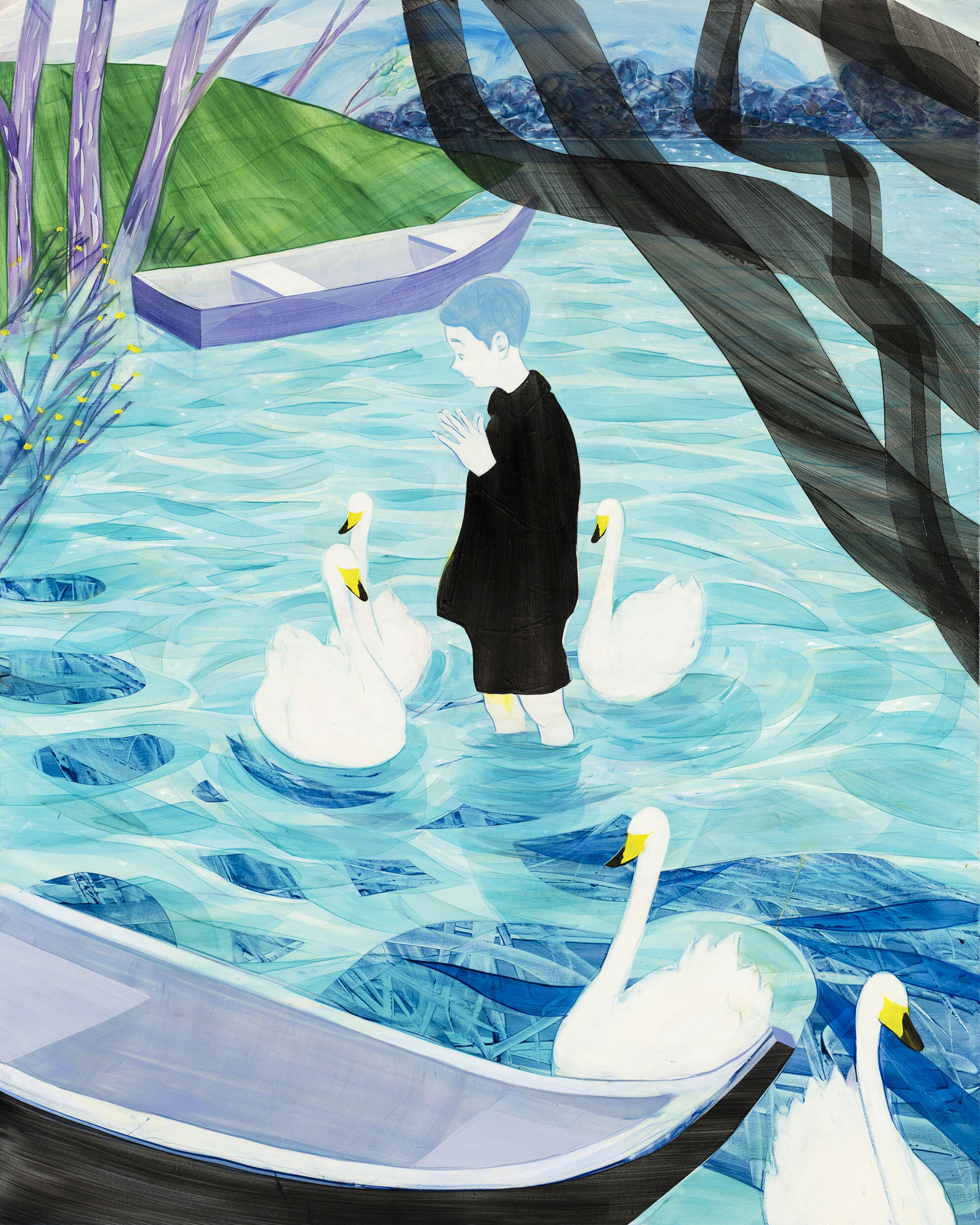
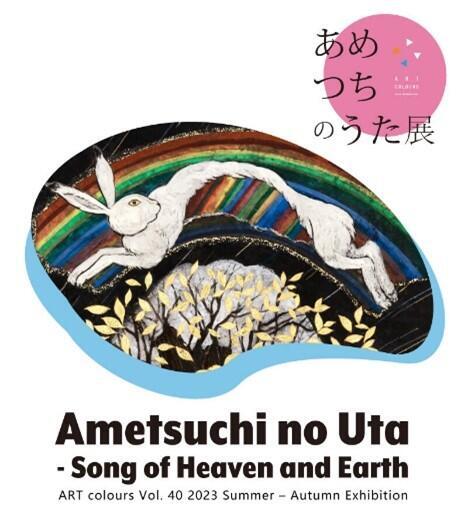




![[Interview] Masatake Kozaki:MUGEN](https://artfrontgallery.com/whatsnew/assets_c/2020/11/5d9662a85687186aa1ea5bb9964d0529618543a0-thumb-1956x1956-8198.jpg)
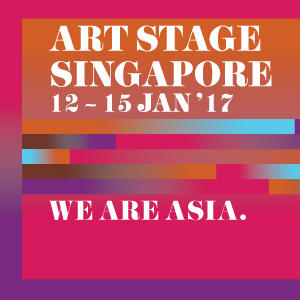
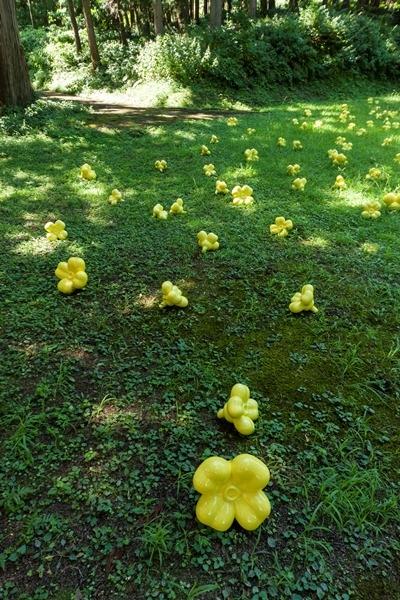




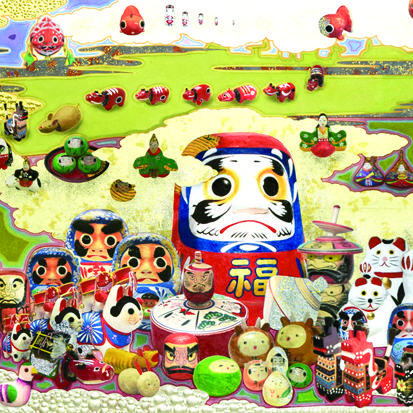


![[Interview] Masatake Kozaki:MUGEN](https://artfrontgallery.com/project/img/21abcd717179b9b71532ec9d0693664b8574b942.jpg)



